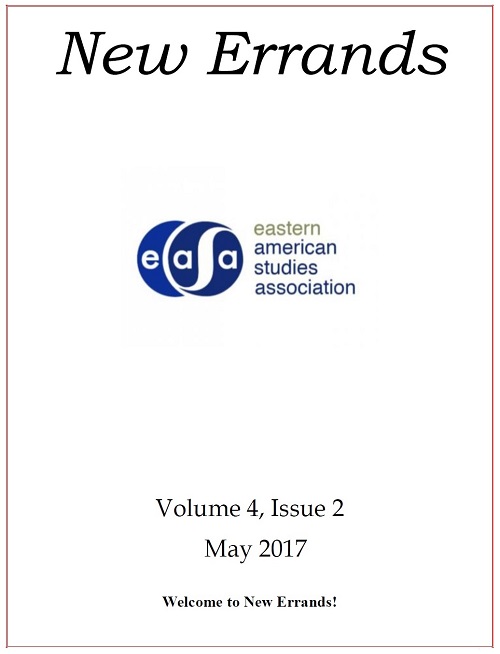Identity Through the Passport: Negotiating Simultaneous Belonging to the Nation-State and Cosmopolitan World Society
DOI:
https://doi.org/10.18113/P8ne4260344Abstract
In 1920 and 1926 the League of Nation's "passport regime" met to discuss the existence of the modern passport. Before these dates the passport did not have a unified function as a document; it had a different process and appearance depending on the nation-state of issuance. With the end of WWI, a period in which nations were connected on a grand scale through conflict, there was a push to standardize travel. Countries saw a need to increase the safety measures that existed in a realm beyond the jurisdiction of the nation-state (Robertson, 2010). From this beginning moment of standardization, the passport has evolved to be an accepted normal part of trans-national movement. It is recognizably the same document regardless of the issuing nation-state, yet the different issuing countries are still easily distinguishable as one waits in airport customs lines. This reality is an illustration of the complex tension contained within the passport. The document itself represents the push and pull between the two competing forces that negotiate power and control in the current globalized world, the nation-state and the cosmopolitan global existence. The passport allows for a more global citizen through its facilitation of movement and international governance while simultaneously reinforcing nation-state boundaries both ideologically and physically. This illustrates the tension between nation-state identity and global belonging within the context of contemporary accelerated globalization.

Identity Through the Passport: Negotiating Simultaneous Belonging to the Nation-State and Cosmopolitan World Society by Catherine Mazanek is licensed under a Creative Commons Attribution 4.0 International License

